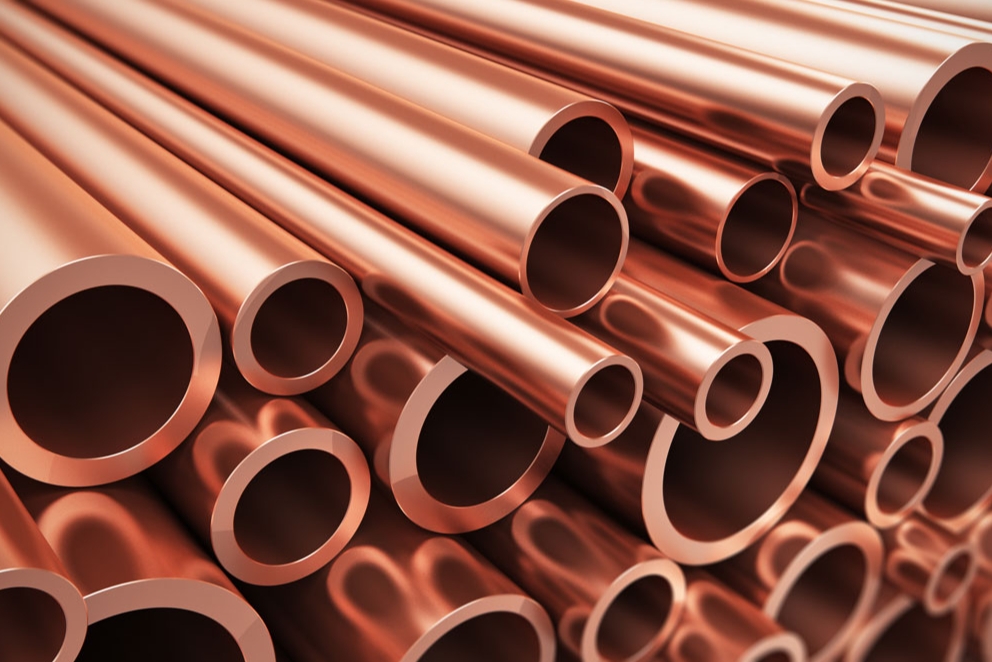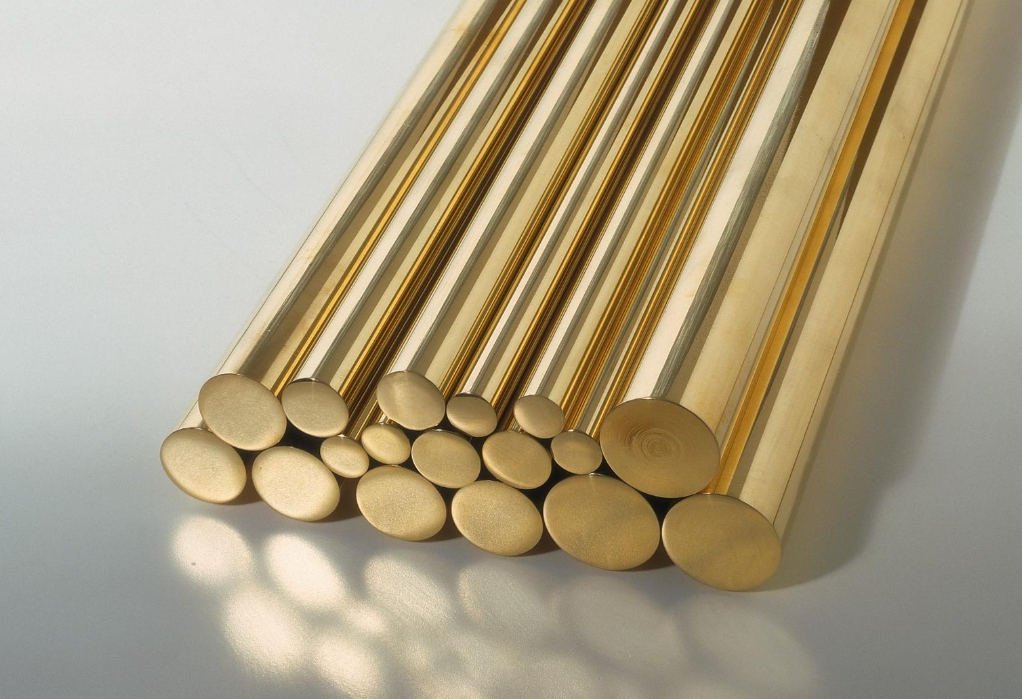Copper is a reddish-brown metal known for its high electrical conductivity, thermal conductivity, and corrosion resistance. It is one of the oldest metals used by humans, dating back thousands of years. Copper is a pure element (Cu) and is commonly used in electrical wiring, plumbing, and industrial machinery. Its malleability and ductility make it easy to shape and form into various products.
Brass is an alloy primarily composed of copper and zinc. The proportion of zinc in brass can vary, influencing the properties of the metal. Brass is typically yellow or gold in color, depending on the amount of zinc, and it is known for its strength, corrosion resistance, and machinability. It is commonly used in the production of musical instruments, coins, plumbing fittings, and decorative items.

Bronze is an alloy of copper and tin, although other elements such as aluminum, phosphorus, and silicon can be added to create specialized types of bronze. The most common bronze is about 88% copper and 12% tin. Bronze is prized for its toughness, wear resistance, and corrosion resistance, particularly in marine environments. It has been historically used in everything from tools and weapons to sculptures and coins.
Electrical Conductivity: Copper is one of the best conductors of electricity, making it a popular choice for electrical wiring.
Thermal Conductivity: Copper also has high thermal conductivity, meaning it transfers heat efficiently.
Corrosion Resistance: Copper is naturally resistant to corrosion, especially in water and air, forming a protective patina over time.
Malleability: Copper is very malleable, meaning it can be easily shaped into different forms without breaking.
Ductility: Copper is highly ductile, meaning it can be drawn into thin wires.
Strength: Brass is stronger than pure copper due to the addition of zinc, making it suitable for applications that require durability.
Corrosion Resistance: Brass is more resistant to corrosion than pure copper, especially in marine and industrial environments.
Machinability: Brass is easier to machine than copper, making it ideal for precision components like gears and valves.
Color: Brass typically has a golden yellow color, which is often used for aesthetic purposes in jewelry and decorative items.
Malleability: Brass remains malleable, but its strength allows it to be used in structural components.

Strength and Toughness: Bronze is a highly durable and tough material, making it ideal for bearings, gears, and other mechanical components.
Corrosion Resistance: Like brass, bronze is highly resistant to corrosion, especially in saltwater, making it widely used in marine applications.
Wear Resistance: Bronze is highly resistant to wear and is often used in applications involving friction, such as bushings, bearings, and valves.
Ductility: Bronze is somewhat less ductile than copper, but it still retains enough flexibility for casting and shaping.
Color: Bronze has a reddish-brown appearance that darkens over time, developing a patina that adds to its aesthetic appeal.

Copper: Copper has a melting point of about 1,984°F (1,085°C). Its relatively high melting point allows it to retain its shape and properties at high temperatures, making it useful in various industrial processes.
Brass: The melting point of brass varies depending on the zinc content but typically ranges between 1,650°F and 1,750°F (900°C to 950°C). The addition of zinc lowers the melting point compared to pure copper, which can be beneficial in certain manufacturing processes.
Bronze: The melting point of bronze also depends on the specific alloy, but it typically ranges from 1,700°F to 2,000°F (926°C to 1,093°C). Bronze has a slightly higher melting point than brass, making it suitable for high-stress applications.
Copper: Copper can be welded using various methods such as MIG, TIG, or oxyacetylene welding. However, it requires special care because of its high thermal conductivity, which can cause the heat to dissipate quickly. Copper also tends to oxidize at high temperatures, so it is essential to use shielding gases (like argon) to prevent oxidation during welding.
Brass: Brass can be welded using TIG or MIG welding, though it is more challenging due to the presence of zinc, which can evaporate at high temperatures, leading to porosity in the weld. It is crucial to use a filler metal with a similar composition and to control the heat input to prevent overheating and damage to the alloy.
Bronze: Welding bronze is similar to welding brass in that it requires specialized filler materials and techniques. TIG welding is commonly used for bronze, and it’s important to choose the right filler metal depending on the specific type of bronze. Bronze alloys with higher tin content may also require preheating to avoid cracking due to their brittleness at certain temperatures.